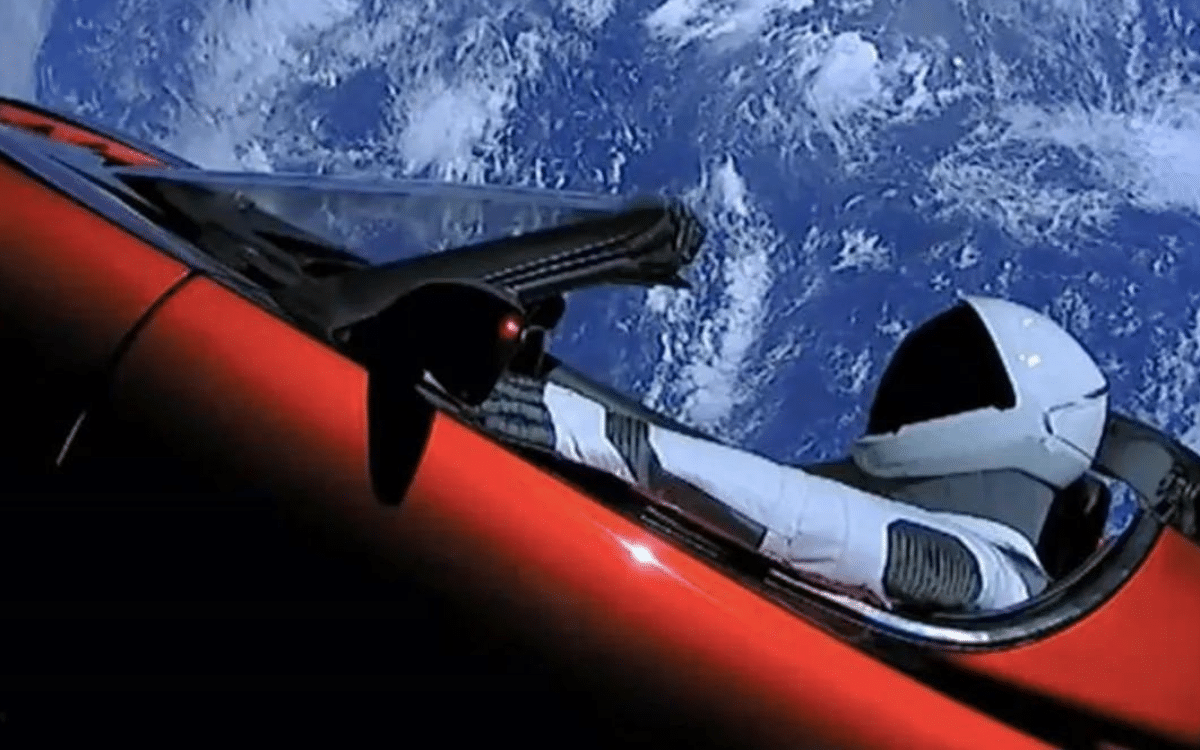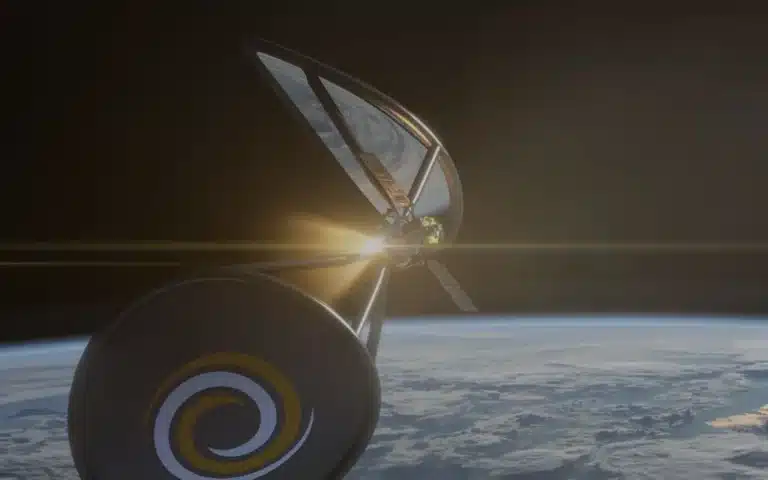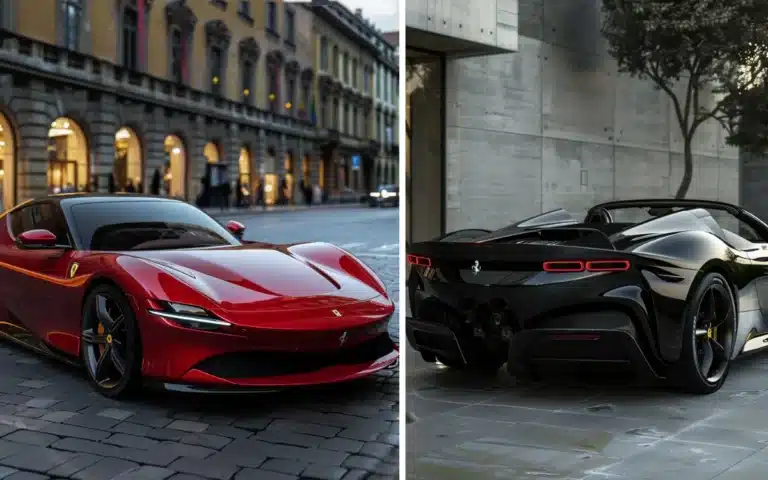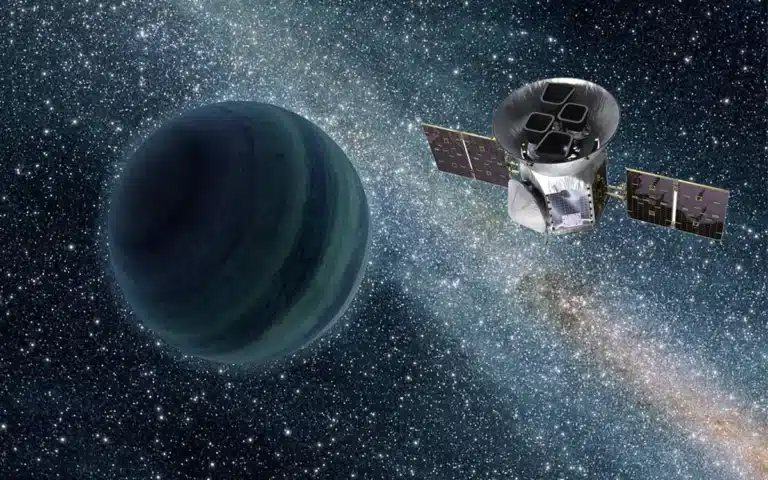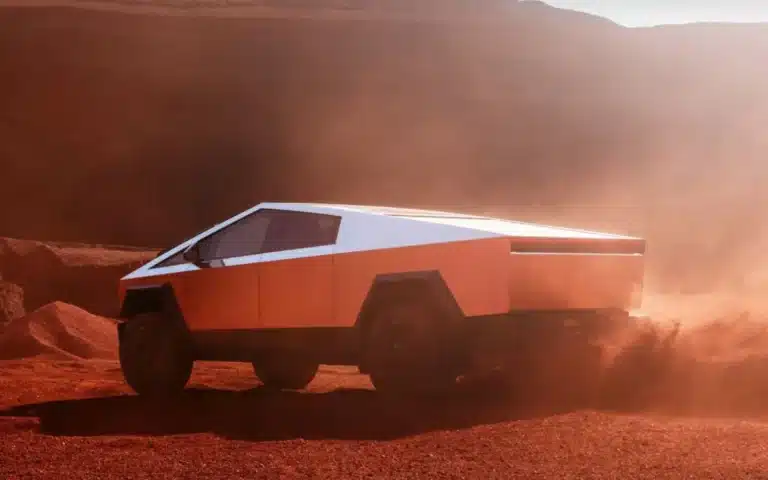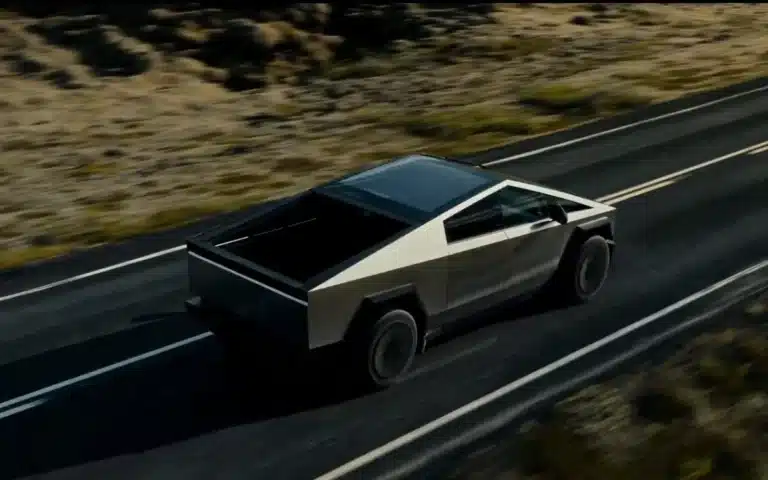Whereabouts is Starman in the personal Tesla Roadster of Elon Musk?
Well, it seems he’s making a comeback.
Launched on 6 February 2018, at 20:45 UTC, the first Falcon Heavy was launched beyond our atmosphere by SpaceX.
And Elon Musk’s personal Tesla was onboard – with a dummy named ‘Starman’ at the wheel, mounted to the upper stage of the rocket.
READ MORE! Inside the wild car collection of Elon Musk
Experts had predicted that the EV would likely crash into Venus, or the Sun in the years following as it moved further away.
But it seems the $100,000 Tesla Roadster has made a U-turn.
While previously thought to be heading towards Mars, it’s now believed to be coming straight back towards Earth.
That’s because it has completed a few orbits of the sun, meaning it’s coming back to where it started from.
The Roadster and his passenger are being tracked by a dedicated website named ‘Where is Roadster?’ to monitor the car’s progress.
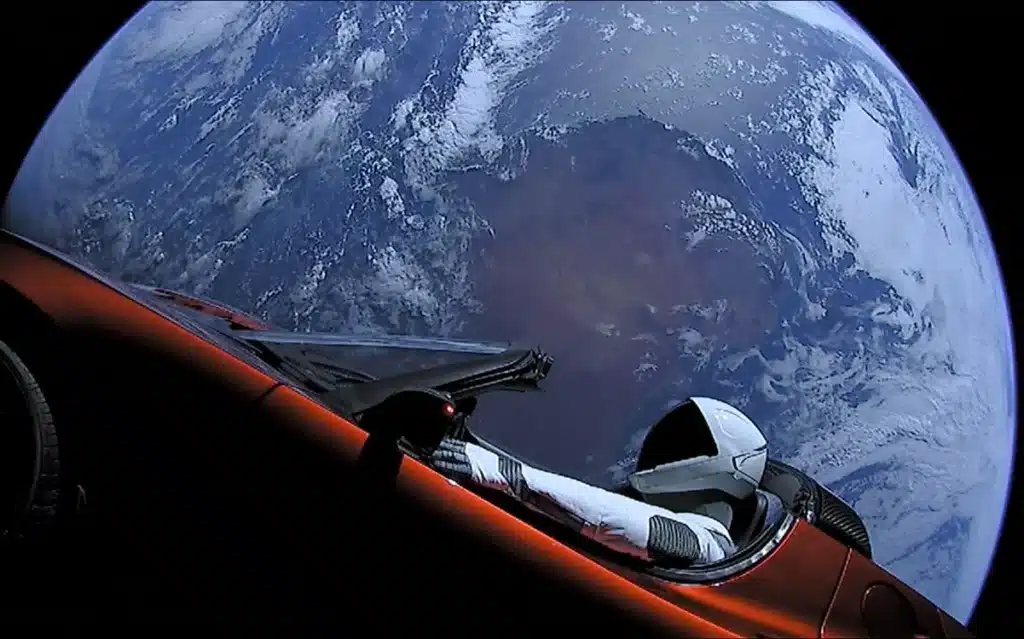
At the time of writing the Tesla EV was 216,927,670 miles (349,111,352 km, 2.334 AU, 19.41 light minutes) from Mars, moving toward the planet at a speed of 2,028 mi/h (3,263 km/h, 0.91 km/s).
It’s also 94,772,478 miles (152,521,567 km, 1.020 AU, 8.48 light minutes) from the Sun, moving away from the star at a speed of 8,079 mi/h (13,002 km/h, 3.61 km/s).
Meanwhile, it’s 55,224,109 miles (88,874,617 km, 0.594 AU, 4.94 light minutes) from Earth.
And it’s moving toward Earth at an eye-watering speed of 2,193 mi/h (3,530 km/h, 0.98 km/s).
So how’s the car doing?
Well, it’s exceeded its 36,000-mile warranty 85,897.8 times while driving around the Sun, (3,092,321,950 miles, 4,976,611,317 km, 33.27 AU).
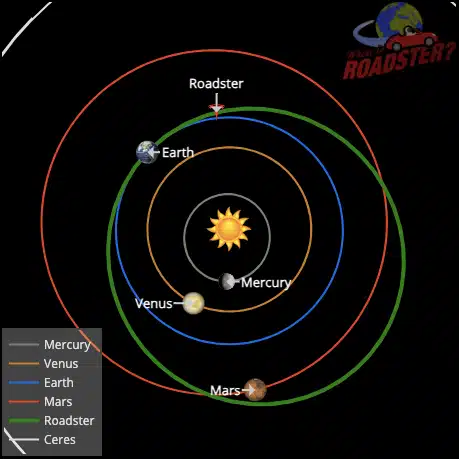
Moving at a speed of 73,264 mi/h (117,907 km/h, 32.75 km/s), its orbital period is about 557 days.
It has achieved a fuel economy of 24,542.2 miles per gallon (10,434.0 km/liter, 0.00958 liters/100 km), assuming 126,000 gallons of fuel.
In fact, Starman has completed about 4.0496 orbits around the Sun since launch.
If the battery was still working, Starman would have listened to David Bowie’s Space Oddity 612,837 times since he launched in one ear, and to the singer’s other hit Life On Mars? 825,772 times in his other ear.
A telescope about 13,044 ft (3,976 m) in diameter would be required to see the upper stage of the rocket – upon which the Roadster is mounted – from Earth properly.
A smaller one of about 25.1 ft (7.6 m) in diameter could see it as an unresolved dot in ideal conditions.
Without getting too bogged down in the details, it’s a very long way away from Earth at the moment.
That’s all you really need to understand.
The vehicle has traveled far enough to drive all of the world’s roads 77.4 times.
And you can see Musk’s interests in space travel and EVs converge in footage shared by Elon Musk of the Cybertruck ‘Mars edition’.
The perfect thing for Elon Musk’s plan for Mars travel that ‘almost anyone’ can afford.
Well, almost anyone with $100,000 to spare, anyway.
